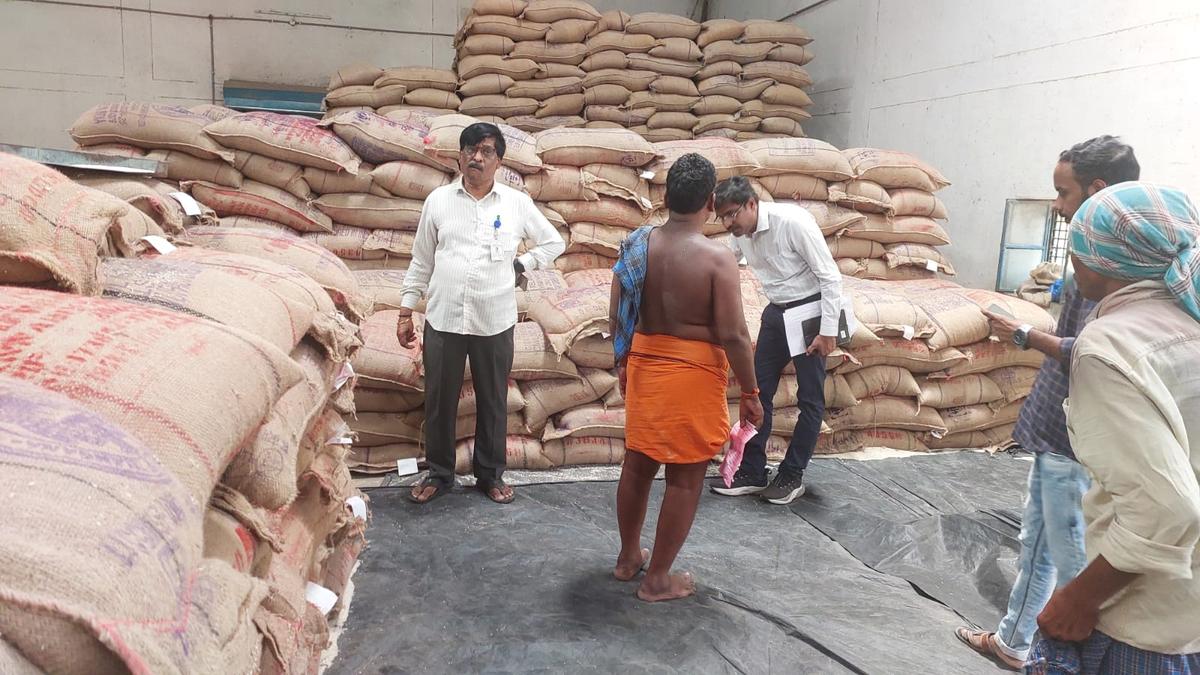
The authors also provided policy suggestions to deal with weather shock that increase prices.
| Photo Credit: AMIT DAVE
An increase in rainfall and temperature lead to an average increase 1.24 to 1.3 percentage point increase in vegetable CPI respectively according to a paper in the Reserve Bank of India Bulletin published May 21.
“The impact of shocks to rainfall and temperature appears to be different in terms of timing and duration, while their combination can be highly detrimental and inflationary,” the paper read.
The authors intended to guage and quantify the effect of weather anomalies on CPI vegetable prices and found that temperature had a more direct and severe impact on vegetable inflation than rainfall, as temperature was more directly related to the crop growth process.
In the State of the Economy section of the bulletin, RBI said that a bumper kharif and rabi harvest along with policy measures had led to the average mandi prices of major food crops barring wheat eased below their Minimum Support Prices. This was good for food security RBI added in the section. The economy entered an inflation of less than 4% only in February 2025. The better part of fiscal 2025, the consumer price index was higher than 4% reaching as high as 6.21% in October 2024. A major part of the increase was attributed to vegetable prices. To be sure, vegetables constitute about 6% of the consumer price index, which is among the largest shares for a specific product.
The authors also provided policy suggestions to deal with weather shock that increase prices. “The increasing significance of temperature shocks and their more immediate impact on vegetable prices calls for increased attention towards faster adoption of temperature resistant crop varieties, which can be supported by policy interventions like National Mission on High Yielding Seeds announced in the Union Budget 2025-26,” the researchers wrote.
Published – May 22, 2025 09:48 pm IST


